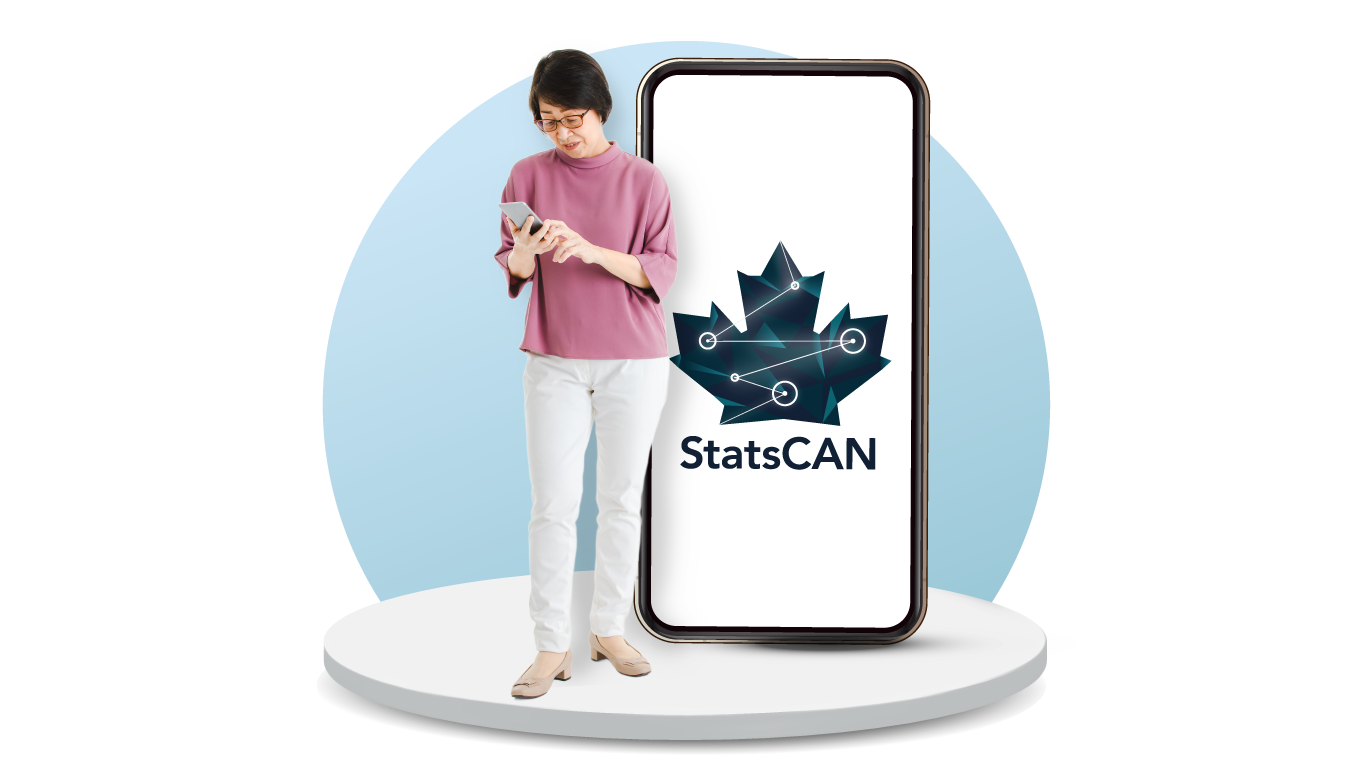
Graduating high school students are now considering their field of study as they apply for university or college. Newsflash: those getting a bachelor’s degree in certain programs, such as nursing or pharmacy, have much better odds of landing a job in their field of study than those with degrees in say… history or sociology.
A recent study tracked the career trajectory of bachelor’s degree graduates aged 25 to 34 using 2021 Census data to find out where their bachelor’s degree has taken them in the real world.
Nursing and pharmacy graduates are most likely to land jobs in their field, followed by teachers
Nursing graduates had the best odds of working in their field of study, with 90.1% of female graduates aged 25 to 34 at the time of 2021 Census working in registered nursing, nursing administration, nursing research and clinical nursing. Over four in five male nurse graduates (85.1%) were working as registered nurses or registered psychiatric nurses.
Pharmacy, pharmaceutical sciences and administration graduates were a close second, with 85.8% of women and 81.1% of men landing jobs as pharmacists.
Numerous teacher training programs were strongly associated with becoming a teacher. For example, 81.2% of female education, general, graduates worked either as elementary school and kindergarten teachers or as secondary school teachers. Similarly, 74.5% of their male counterparts landed the same types of jobs.
Over one in four female design and applied arts graduates work as graphic designers and illustrators
Unlike very specific degrees like nursing, graduates of broader degrees such as sociology, applied arts and history tend to land a larger variety of jobs.
In some cases, these diverse jobs were related to the field of study. For example, just over one in four female design and applied arts graduates (28.6%) aged 25 to 34 were working as graphic designers and illustrators at the time of the 2021 Census. A similar share was working in jobs related to the arts: 16.0% were interior designers and decorators, 4.3% were industrial designers, and 3.9% were theatre, fashion, exhibit and other creative designers.
History graduates have lower odds of landing a job in their field of study
While some history degree graduates worked as teachers (presumably because they also had teacher training), many worked in unrelated fields.
For example, 11.0% of female history graduates and 6.8% of male history graduates worked as teachers (either as elementary school and kindergarten teachers or as secondary school teachers).
However, most history graduates were working at a job with no obvious link to their field of study.
For women, these jobs included administrative assistants (4.3%), professional occupations in advertising, marketing and public relations (4.2%), and administrative officers (4.0%).
For men, these jobs included retail salespersons and visual merchandisers (4.0%), professional occupations in advertising, marketing and public relations (2.5%), and other customer and information services representatives (2.1%).
Today’s sociology graduate could be tomorrow’s social worker, police officer, admin assistant or retail salesperson
While sociology graduates found work in a broad range of fields, most jobs were only loosely associated with sociology.
For example, the five most prevalent jobs for female graduates were social and community service workers (7.1%), human resources professionals (4.7%), elementary school and kindergarten teachers (3.6%), professional occupations in advertising, marketing and public relations (3.5%), and administrative assistants (3.5%).
The five most prevalent jobs for male graduates were police officers (except commissioned) (5.0%), social and community service workers (4.1%), retail salespersons and visual merchandisers (3.3%), retail and wholesale trade managers (2.7%), and other customer and information services representatives (2.7%).
Learn from those who go before you
To learn more about the labour force fate of recent male and female graduates for approximately 175 undergraduate degrees, check out the report “Most prevalent jobs of young bachelor’s degree graduates by detailed field of study.” It clearly identifies the top five jobs for every bachelor’s degree program.

StatsCAN app
Did you know you can read StatsCAN Plus articles and more on the StatsCAN app? If you’re already using the app, let us know what you think by leaving a review in the App Store and Google Play.
Contact information
For more information, contact the Statistical Information Service (toll-free 1-800-263-1136; 514-283-8300; infostats@statcan.gc.ca) or Media Relations (statcan.mediahotline-ligneinfomedias.statcan@statcan.gc.ca).
